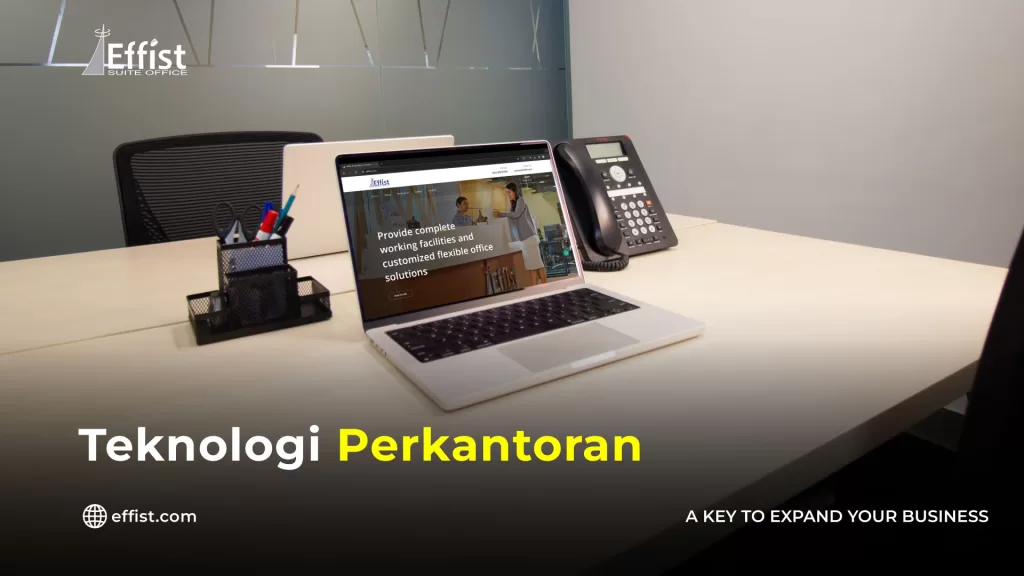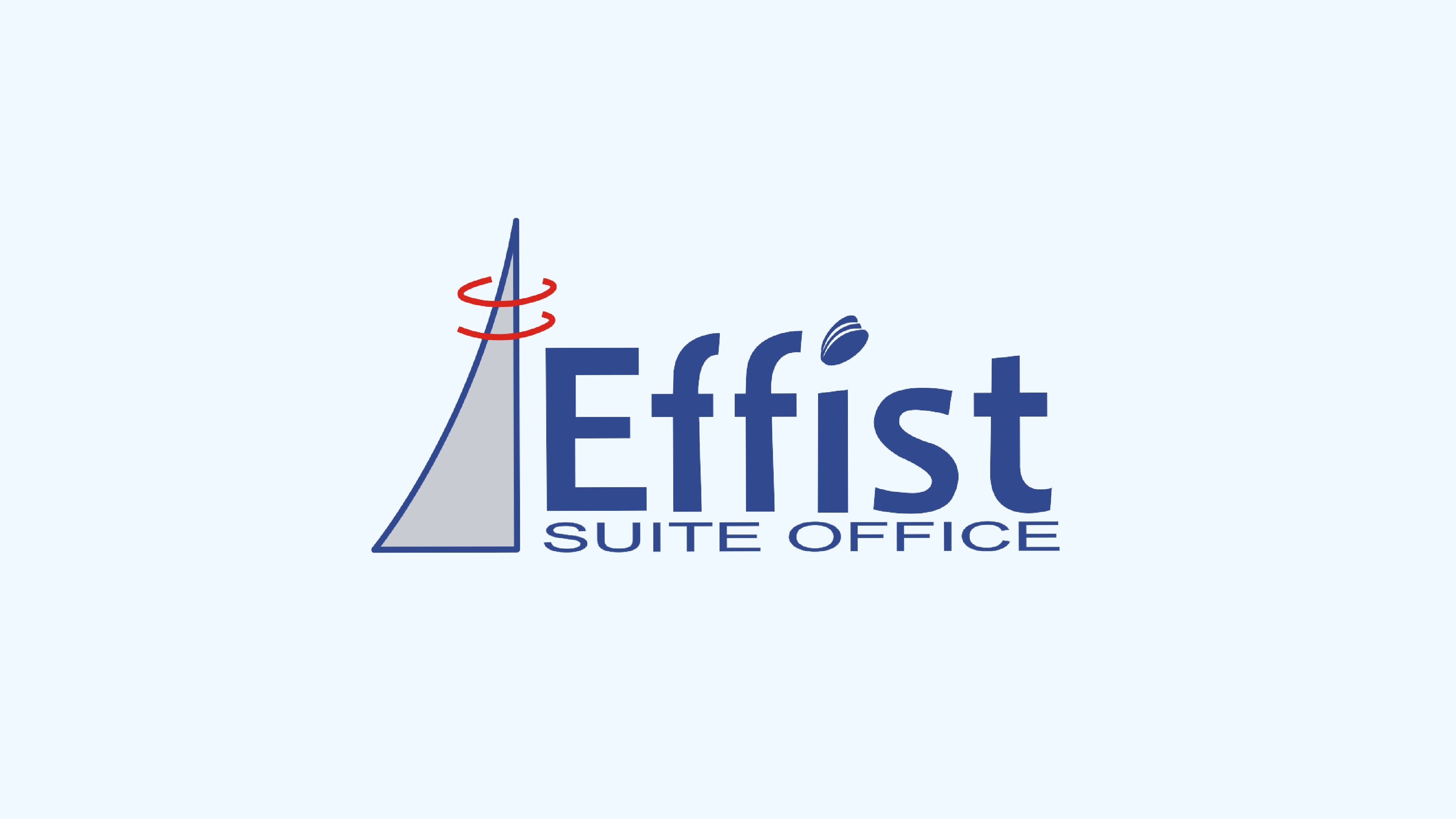


Our serviced offices in South Jakarta provide exceptional workspaces designed to maximize your productivity.

Enjoy the flexibility of a professional business address without the commitment of a physical office with Effist’s virtual office solutions.

Our meeting rooms provide a professional setting for successful meetings with state-of-the-art equipment and comprehensive support services.


EightyEight@Kasablanca Office Tower 18th Floor
Kota Kasablanka, Jl. Raya Casablanca Kav. 88,
Jakarta Selatan 12870
Phone : 02129607500
Fax : 02129607501
Email : contact@effist.com

Gandaria 8 Office Tower 8th Floor Jl. Sultan Iskandar Muda no 10, Arteri Pondok Indah Kebayoran Lama, Jakarta Selatan 12240
Phone : 02129851600
Fax : 02129851601
Email : contact@effist.com


16 September 2025

08 September 2025

02 September 2025